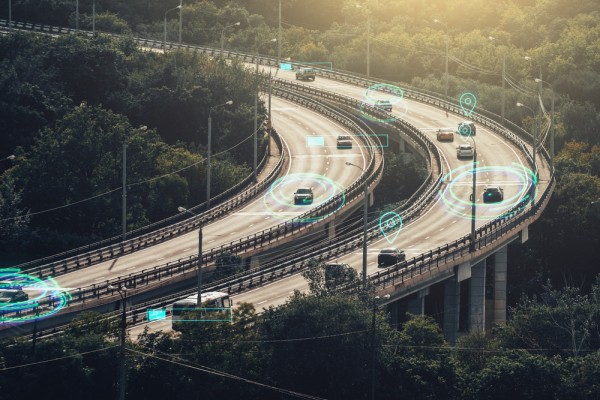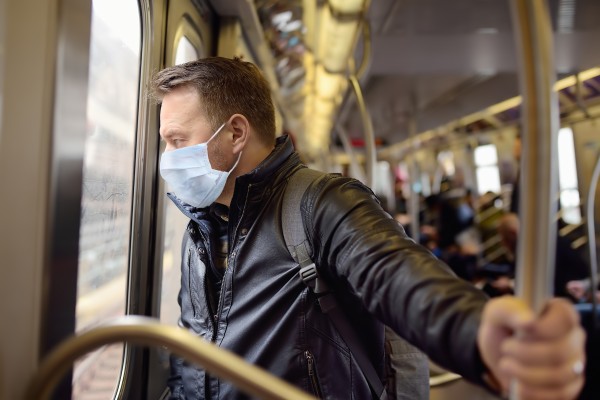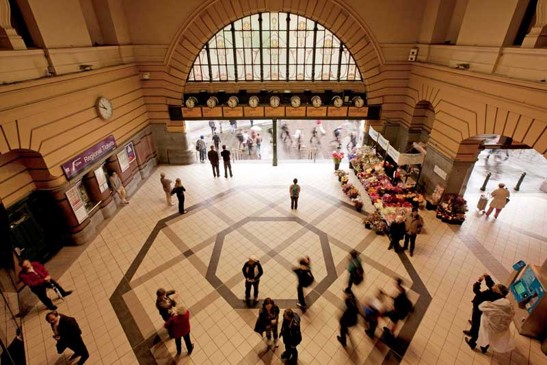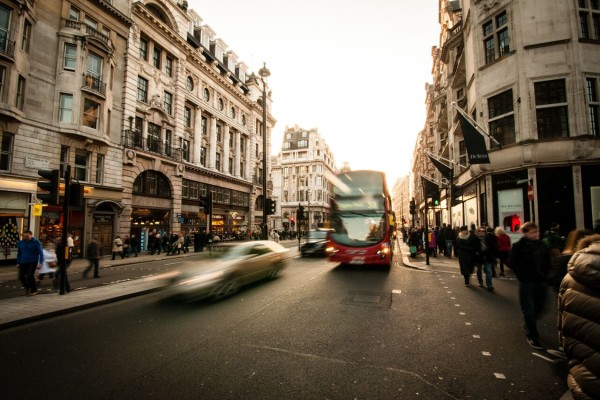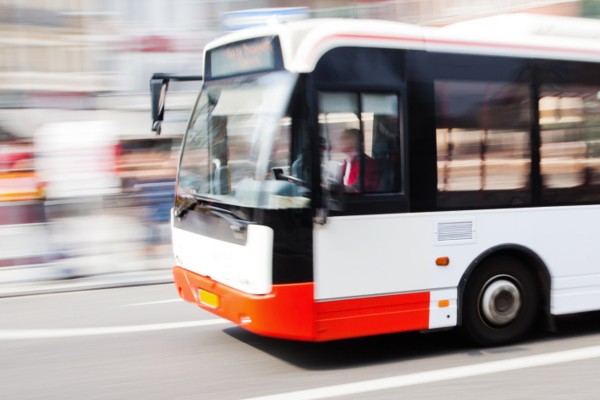[vc_column animation="none" bg_color="" bg_image="" column_padding="no-padding" column_center="" text_color="dark" custom_text_color=""... read more →
COVID-19 has created a global impact on travel as cities shutdown to avoid contamination. Its impact on public transport is enormous as travel demand has almost vanished and safety remains a... read more →
[vc_column animation="none" bg_color="" bg_image="" column_padding="no-padding" column_center="" text_color="dark" custom_text_color="" text_align="left"... read more →
[vc_column animation="fade-in" bg_color="" bg_image="" column_padding="padding-2" column_center="true" text_color="dark"... read more →
Growth in urban populations, and the associated demand for access to goods, amenities and employment, is placing increasing pressure on urban transportation networks. This has reinvigorated interest in urban public... read more →
Metropolitan rail is an important contributor to the movement of people in Melbourne. Its higher capacity compared to buses, freedom from encumbrance from road users, ability to make frequent stops,... read more →
The Victorian bus industry, like many other Australian and international jurisdictions, must meet safety regulation requirements including bus safety inspections with both annual mandatory independent inspections and more regular documented... read more →
Melbourne’s tram system is undergoing a strategic modernisation program including redesign of over 1,000 tram stops and a rethinking of corridor streetscape designs in order to improve both tram... read more →
Preferential treatment for buses and trams can optimise the use of road space, particularly during periods of peak demand. However, transit priority can have impacts that are undesirable to other... read more →
The transport sector has one of the lowest female workforce participation rates across all industries, with those women employed in the sector clustered predominantly within traditionally female roles. With unprecedented... read more →

